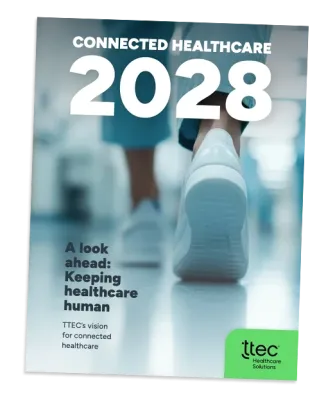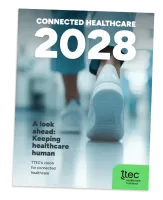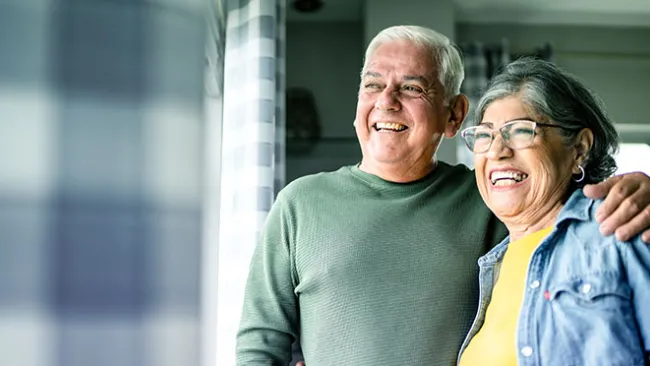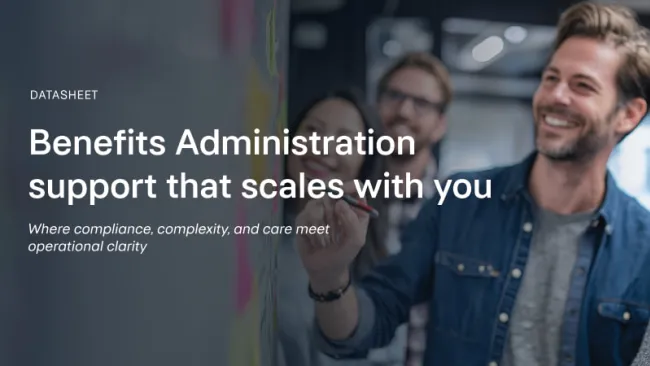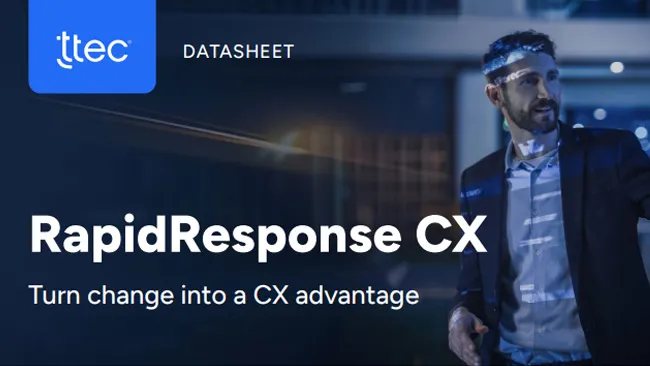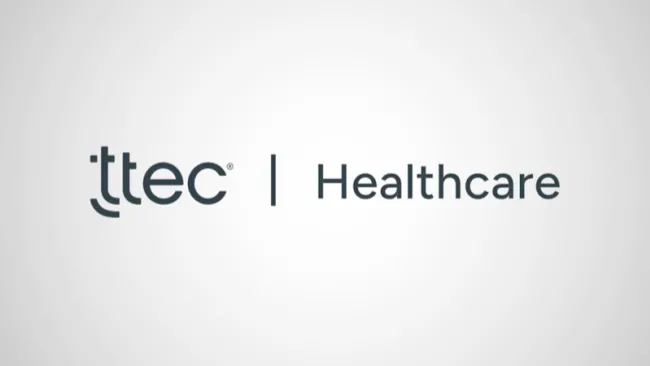Healthcare
The prescription for
better healthcare
Member and patient experiences to support an evolving industry.
Healthcare
The prescription for
better healthcare
Member and patient experiences
to support an evolving industry.
Build long-term loyalty and a healthier bottom line
Elevate your CX across all channels to show members, patients, and employees you care. Our integrated healthcare CX solutions help payers improve member engagement, increase enrollments, and drive higher loyalty and revenue throughout the member journey, while providers can simplify patient experiences and improve healthcare outcomes.
We help healthcare brands stay ahead.
- Payer
- Provider
- Provider - telehealth
- TPA and CDH
- PBM and retail pharmacies
- Supplier/OEM/DME
- Medicare
- Medicaid
- Population health
- Pharmaceuticals
- Health-Tech
Pharmaceuticals
TTEC assists pharma brands with a full range of patient engagement services. We combine the most innovative tools and technologies with global delivery centers to help our clients deliver Medical Information Programs that automate the simple tasks so a live human can support patients with the more complicated interactions.
CX solutions
built for the healthcare industry.
Member care outsourcing
Making it easy for your members to get the best from their relationship with you.
Learn moreTelesales
A value-based proactive business model that delivers results for open enrollment.
Learn morePayer services
Empower your organization with AI-enhanced insights and seamless member engagement.
Learn more
Who cares about empathy
in the contact center?
Empathy is important in the contact center, but do customers really care? Liz Glagowski recently sat down with TTEC's JB Bednar to discuss if empathy is overrated for CX.
Listen to the podcastTrending CX Successes
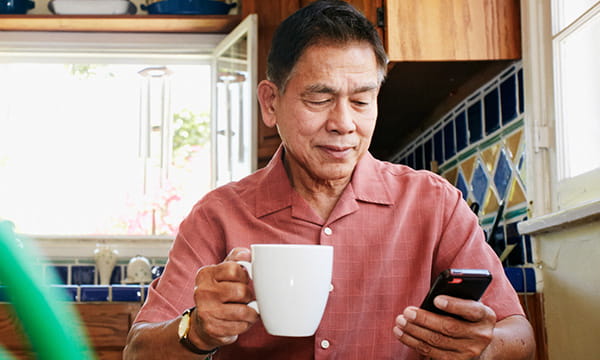
Case Study
Innovative call flow enhancements zap a major pain point
When a large regional payer struggled to increase health plan enrollments, TTEC replaced a traditional sales practice with a new call flow enhancement that delivered a better member experience and increased conversion rate.
Read more
Case Study
Customer support helps slash wait times by 97% during open enrollment
TTEC empowered a health benefits company to handle more calls, better and faster.
Read more
Case Study
More sales experts = higher sales during open enrollment
Performance-based program generated 73% uptick in sales conversions for regional Blue Cross Blue Shield insurer.
Read moreDon't take our word for it.
We are an award-winning customer experience company.
Ready to elevate your CX?
Ready to elevate your CX?
Ready to elevate your CX?
Member and patient experiences to support an evolving industry.
